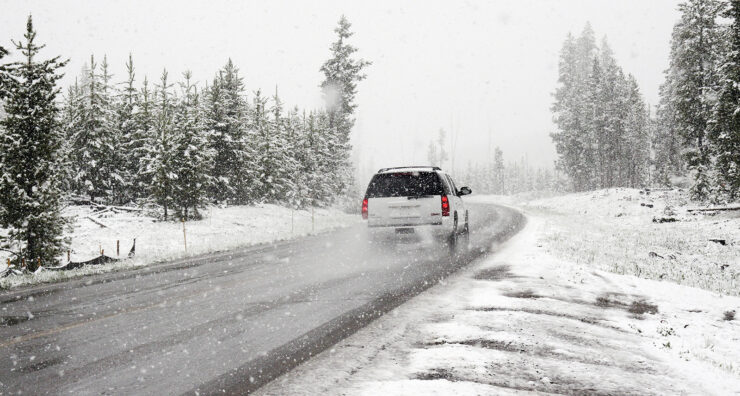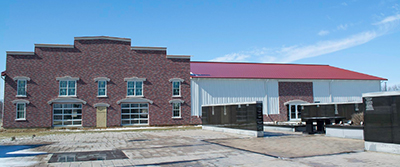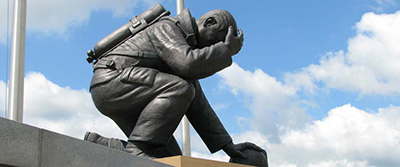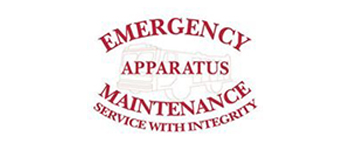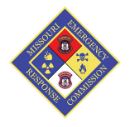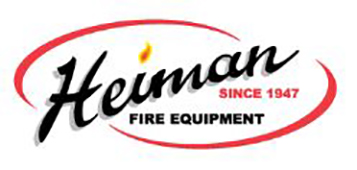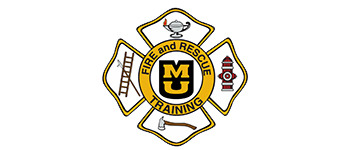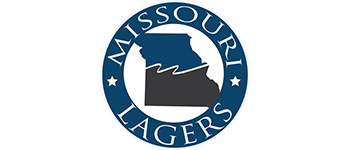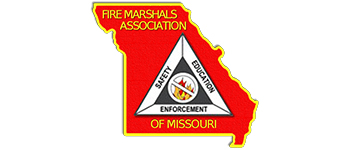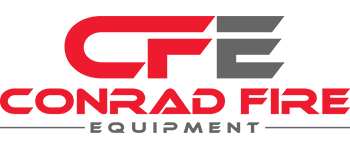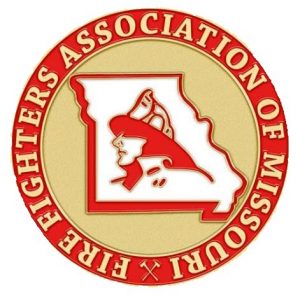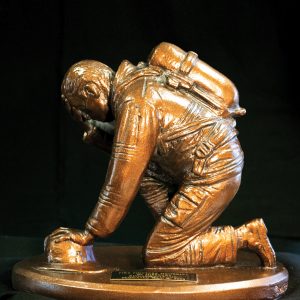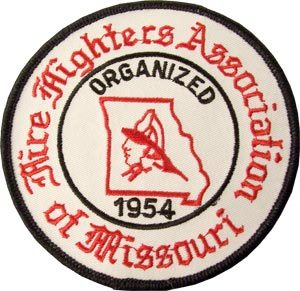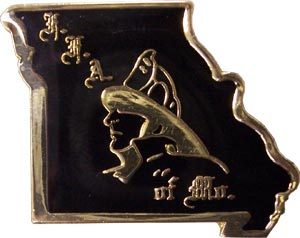I hope everyone reading this had an amazing Christmas with family and friends. Every year we make resolutions for ourselves. Do we ever make them for the family’s safety? Here are a few ideas that may get you and your family to a safer 2023.
4 New Year’s Resolutions to Keep Your Family Safe
Update your emergency contact information
Add emergency contacts to the speed dial on each of your family member’s mobile devices. Consider adding other important numbers like the Poison Control Hotline (1-800-222-1222).
Take time to print out an emergency contact list and place it in an openly visible area of your home (ex: on the fridge or on the family command center bulletin board). This is especially important if you have young children. Walk through each of the emergency contact numbers and give your children scenarios of when they may need to use them.
Restock your first aid kit and create an emergency survival kit
Over time, first aid supplies can go missing from the little cuts and bruises that happen throughout the year. Take a quick inventory and replace any supplies that may be needed. Or grab a convenient family first aid kit that includes all of the essentials. Don’t forget to add a small first aid kit to your car, so you’re ready to respond on the road.
You should also have a basic survival kit that includes your fully-stocked first aid kit and enough food and water for at least three days. Include any other needs specific to your family, like medications and pet supplies.
Sign-up for emergency notifications
Sign–up for your community’s emergency alert system so you can stay informed of developments in your area during an emergency. The Emergency Alert System (EAS) and National Oceanic and Atmospheric Administration (NOAA) Weather Radio also provide emergency alerts.
Take CPR, AED, and First Aid class
A CPR, AED, and First Aid class will prepare you to respond to a multitude of emergencies. It allows for hands-on practice of lifesaving skills and provides a basic understanding of common medical emergencies.
Grab your friends and family and make it an event. You can quickly locate an EMS Safety Instructor near you or search for classes in your area. A few hours of training can save a life.
With Mother Nature and Jack Frost dumping lots of snow on both sides of the US I thought I would share a few winter weather tips.
Be Prepared!
Ice and Snow
Before leaving home, find out about the driving conditions. Safe drivers know the weather and their limits. If the weather is bad remember, Ice and Snow, take it slow, or just don’t go.
Clear
Remove any snow on your vehicle’s windows, lights, brake lights, and signals. Make sure you can see and be seen.
Inspect
Check your vehicle’s tires, wiper blades, fluids, lights, belts, and hoses. A breakdown is bad on a good day and dangerous on a bad-weather day.
Time
Leave plenty of time to reach your destination safely. It’s not worth putting yourself and others in a dangerous situation just to be on time.
Kit
Keep a basic winter survival kit in your vehicle, including a flashlight, batteries, blanket, snacks, water, gloves, boots, and a first-aid kit. Load your car with winter travel gear, including tire chains, ice scraper/snowbrush, jumper cables, and road flares.
Caution
Slippery When Wet! When driving in winter weather, watch out! Mother Nature has some tricks up her sleeve in the winter. Here are some to be on the lookout for:
First Snow or Ice
Drivers often aren’t prepared for winter driving and forget to take it slow. Remember to drive well below the posted speed limit and leave plenty of room between cars.
Black Ice
Roads that seem dry may be slippery – and dangerous. Take it slow when approaching intersections, off-ramps, bridges, or shady areas – all are hot spots for black ice. Remember, Ice and Snow, Take it Slow.
Limited Visibility
Stay attentive and reduce speed. Know what’s going on around you.
Four-Wheel Drive
On snow and ice, go slowly, no matter what type of vehicle you drive. Even if you have an SUV with four-wheel drive you may not be able to stop any faster, or maintain control any better, once you lose traction. Four-wheel drive may get you going faster, but it won’t help you stop sooner.
Staying Safe Around Snowplows
In the winter, snowplow drivers are out on the roads to keep them clear of snow and ice and keep you safe. Here’s what you need to know about driving around snowplows.
Distance
Give snowplows room to work. The plows are wide and can cross the centerline or shoulder. Don’t tailgate and try not to pass. If you must pass, take extreme caution and beware of the snow cloud.
Speed
Snowplows travel below the posted speed limit. Be patient. Allow plenty of time to slow down. Remember, Ice and Snow, Take it Slow.
Vision
A snowplow operator’s field of vision is restricted. You may see them, but they don’t always see you. Keep your distance and watch for sudden stops or turns. Proceed with Caution!
Speed
The faster you’re going, the longer it will take to stop. When accelerating on snow or ice, take it slow to avoid slipping or sliding. Ice and Snow, Take it Slow.
Distance
Give yourself space. It takes extra time and extra distance to bring your car to a stop on slick and snowy roads. Leave extra room between you and the vehicle in front of you.
Brake
Brake early, brake slowly, brake correctly and never slam on the brakes. If you have anti-lock brakes, press the pedal down firmly and hold it. If you don’t have anti-lock brakes, gently pump the pedal. Either way, give yourself plenty of room to stop.
Control
When driving on ice and snow, do not use cruise control and avoid abrupt steering maneuvers. When merging into traffic, take it slow. Sudden movements can cause your vehicle to slide.
Vision
Be aware of what’s going on well ahead of you. Actions by other vehicles will alert you to problems more quickly, and give you that split-second of extra time to react safely.
Hope the new year will be your year and all your goals and dreams come true. Make 2023 the year to beat!


